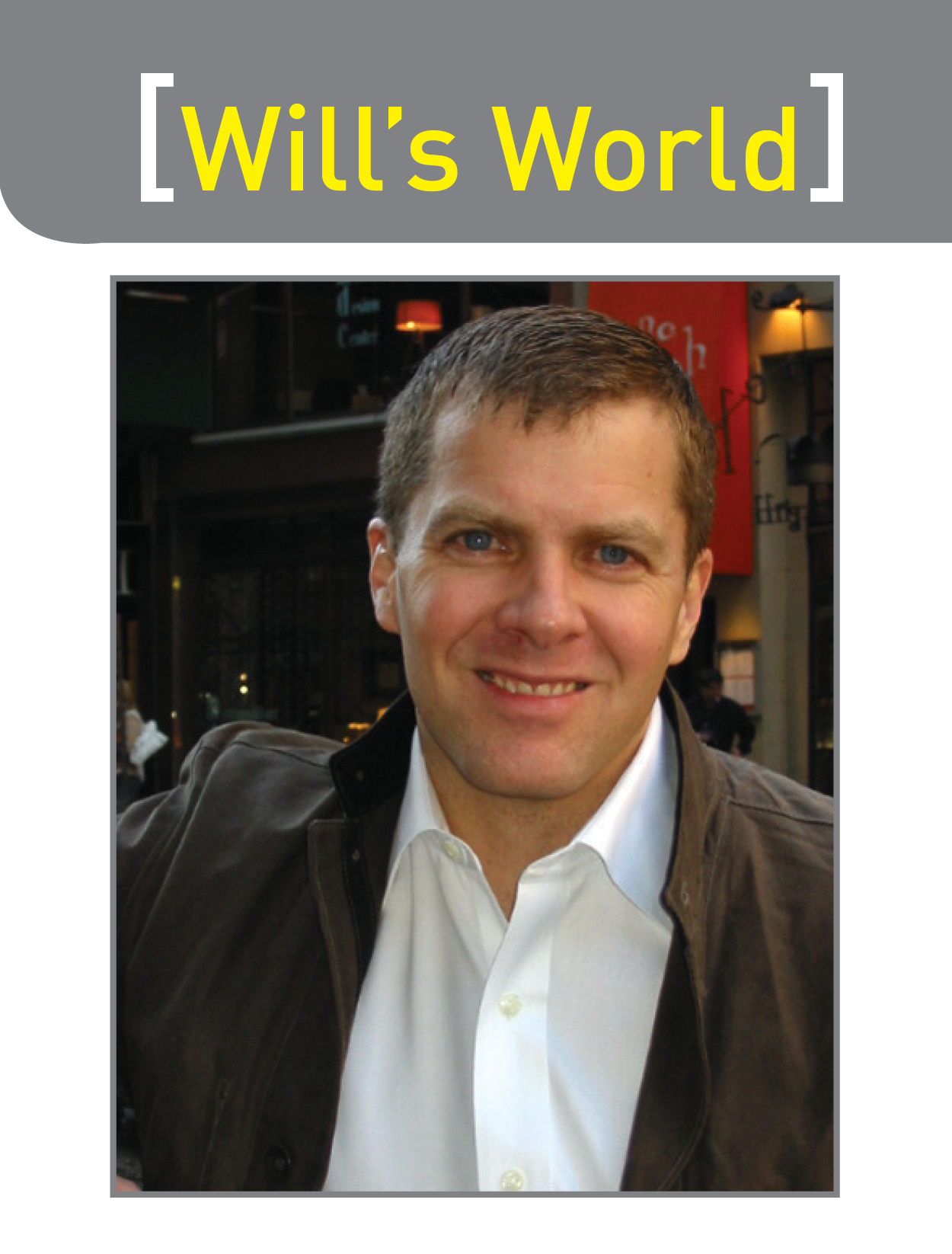By Will Carlin
In mid-January earlier this year, I finally did something I had been putting off for a long time. I didn’t want to do it, but I knew the time had come.
I stepped on a scale.
After surgery to repair a torn Achilles tendon the previous March, I had made a promise to myself that I quickly broke: I wasn’t going to put on so much weight.
Surgeries are hard for me. You might think that after ten of them I would be getting better at the recovery, but it hasn’t really proved to be true. I get depressed.
When I get depressed, I tend to do two things: watch a lot of movies and order take-out for dinner. It could go the other way, I guess. With a lot more time, I could perhaps focus on cooking. If I cooked for myself, almost certainly I would eat more healthily.
Depression, however, makes the thought of a chain of activities (making a list, going to the grocery store, unpacking, planning a meal, cooking it, and cleaning up afterwards) seem daunting.
My normal life consists primarily of two things: going to work and going to the gym. When one of them is disrupted, it all falls apart. Surprisingly quickly.
So, here I was. At the moment of truth. I have one of those new fancy scales that registers both body fat percentage and weight. You have to input your height (5’8” and a smidge, but the scale couldn’t handle the smidge) and your age (47 at the time), and then you have to tell it whether you are athletic or not. I wasn’t sure how to answer that one, I admit. For the sake of future consistency, I described myself as athletic.
Once the settings were done, I had to press a button on the front of the scale with my toe and wait for a beep that would indicate it was ready for me to step on the scale. I kicked the button…got the beep…and stayed put.
I looked down at my gut and sighed. I kicked the darn thing again. This time when the beep came, I stepped up. There was a delay as the sleek grey-metal machine did its work. To determine body composition, the scale uses something called bioelectric impedance analysis (BIA), and it takes a little time.
It works by sending a small electric current through your body and determining how much resistance the current encounters. Because the current passes through water easily (muscle has lots of water) and has more difficulty passing through other substances (fat has little water content), it uses the time it takes for the current to go from one foot, up your body, and down to the other foot to estimate your body composition.
What all this means in practical matters is that it takes a few seconds for the readout to give you the news. The scale tells you that it is finished with a quick, far- too-innocent, double beep. I looked down.
194 pounds. Ouch.
Then the number 16.9% flashed up there. That was my body fat percentage. Likely too low, I thought.
The weight, however, was worse than I was expecting. And there were only two months until Nationals. I had work to do.
I’ll skip ahead a bit.
At Nationals, I weighed in right around 172 pounds. I confess that I told people that I had lost 25 pounds, but it was actually more like 22. I think I was so pleased that I had basically accomplished my goal that I was guilty of a bit of hyperbole.
Here’s what I want to share about the experience: it wasn’t easy.
When I began the quest, I realized it was going to be hard. Really hard. I can’t really say that what I did is a good roadmap for anyone else to follow. Nevertheless, I did learn some things along the way.
The first is that it is so much more fun to play squash at a lighter weight. Losing your ability to move as quickly as you did in your twenties is a gradual thing, but it creeps up on you. If you lose a lot of weight quickly, though, you actually feel like you are gaining speed, and as an aging player, that is pretty cool.
The second thing I learned was to track my calories. I used an online tracking program that made the recording kind of fun. One pound is 3500 calories. That means that losing two pounds a week translates to a daily deficit of 1000 calories. That was the un-fun part.
The third thing was that attaining a calorie deficit had to come about through a combination of increased workouts and less food. A lot less. Psychologically or physically, it was hard. I always felt hungry.
Despite rumors, there is no data showing that late night eating puts on more weight. Nevertheless, for me, making a commitment to eat nothing after 8pm worked well. As did chewing sweet but sugarless gum instead of having something sweet for dessert. I also felt free to pile on the vegetables (a large bag of broccoli is only about 150 calories). I added a lot of broccoli or tomatoes to small meals and that helped keep me full.
The fourth thing was to set a goal with a good reward. Once I broke 170, I knew I was going to buy a relatively expensive leather jacket that wouldn’t look good on anyone unless he was slim. I bought it in April.
Finally, the most important thing about losing weight is the same secret to getting better in squash: consistency. Do something every day. It actually works.
I confess I don’t yet have a six-pack, but I think it may actually be possible. And after looking at the scale that one fateful day, that says a lot.




